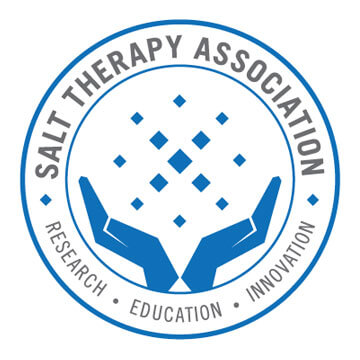Things have been pretty hectic this week at Strictly Salt of Metairie, I've been running the streets in search of furniture, accessories, art, curtains, and everything else we need to get open!
Yesterday, my lovely aunt accompanied me to the stores, where we ended up hungry shopping at TJ Maxx and I found this gem in the check out line --- thats where they get ya!
Yesterday, my lovely aunt accompanied me to the stores, where we ended up hungry shopping at TJ Maxx and I found this gem in the check out line --- thats where they get ya!
As I was hungry shopping... and had absolutely no purchasing filter, into the basket it went.
I arrived back at strictly salt and showed off my purchase to my husband and father in law and then ripped open the bag. So much salty goodness. We ate a few chips and put the bag away.
Today, I decided I needed a bit of a salty snack to offset the sweetness of the mandarin I just ate and pulled out the Himalayan salted chips and thought to myself, I wonder what it is about Himalayan Salt that is supposed to be so much better for you than regular salt. Of course, in true Nathallie fashion, down the rabbit hole I went into the subject of Himalayan Salt just for you.
I arrived back at strictly salt and showed off my purchase to my husband and father in law and then ripped open the bag. So much salty goodness. We ate a few chips and put the bag away.
Today, I decided I needed a bit of a salty snack to offset the sweetness of the mandarin I just ate and pulled out the Himalayan salted chips and thought to myself, I wonder what it is about Himalayan Salt that is supposed to be so much better for you than regular salt. Of course, in true Nathallie fashion, down the rabbit hole I went into the subject of Himalayan Salt just for you.
How It's Made: Himalayan Salt
Himalayan salt has many names: Pink Salt, Himalayan Sea Salt, Rock Salt, Halite and Himalayan crystal salt. Himalayan Salt comes from the Punjab region in India about 190 miles outside of the Himalayan Mountains. Believed to have been born from a sea present in the permian era (for you non-geology nerds that was a mere 250 MILLION years ago!). The sea became land locked and eventually evaporated leaving behind the salt deposit. Over the next few hundred million years, this deposit ended up at the border of the Indian and eurasian plates and was pushed up into a mountain range in Pakistan.
The first documented discovery of Himalayan salt goes back to 326BC. Troops of Alexander the Great stopped to rest in a region near Khewra, Punjab (where the largest concentration of mines are today). They noticed their horses licking on the salty rocks, and Himalayan salt was probably mined from that area even since. The first records of commercial mining of Himalayan salt date back to the 1200's from Pakistan.
Why is Himalayan Salt Pink?
The color of Himalayan salt comes from the minerals found in the crystals. The chemical composition is very similar to table salt, plus zinc, iron, lead, copper and many more minerals. The colors of HImalayan salt range from a clear white to a dark beet red.
Himalayan salt vs. Other Salt
Himalayan salt is mined by hand in Pakistan. If your Himalayan salt says it is from anywhere other than Pakistan it is not real Himalayan salt. Regular white iodized table salt is heavily processed product. This process causes the elimination of the salt's natural mineral content. Table salt has a slightly higher concentration of sodium than Himalayan salt, and contains chemical anti-caking agents. Many table salts also undergo a bleaching process and contain aluminum derivatives. Himalayan salt contains no artificial iodine and less natural iodine in general than table salt. Those individuals with an Iodine deficiency however may have to look for an iodine alternative if they choose to only consume Himalayan salt.
Pink Himalayan salt is said to help balance the PH in your body, helping regulate your immune functions and encourages good digestion. Your body needs salt to perform a variety of functions such as muscle contraction and relaxation, maintain proper fluid balance and prevent dehydration, and prevents low blood pressure. Recent studies have even suggested that eating Himalayan salt can reduce the risk of infection and kill harmful bacteria. One study on animals suggests that Himalayan salt may also act as an anti depressant!
Some things to consider about salt in general however;
Although sodium is necessary for life, too much sodium can be hazardous to your health. The 2015-2020 Dietary guidelines for American's suggest consuming the equivalent of one teaspoon of salt per day at most.
Pink Himalayan salt is said to help balance the PH in your body, helping regulate your immune functions and encourages good digestion. Your body needs salt to perform a variety of functions such as muscle contraction and relaxation, maintain proper fluid balance and prevent dehydration, and prevents low blood pressure. Recent studies have even suggested that eating Himalayan salt can reduce the risk of infection and kill harmful bacteria. One study on animals suggests that Himalayan salt may also act as an anti depressant!
Some things to consider about salt in general however;
Although sodium is necessary for life, too much sodium can be hazardous to your health. The 2015-2020 Dietary guidelines for American's suggest consuming the equivalent of one teaspoon of salt per day at most.
What about Sea Salt?
Himalayan Salt is essential REALLY OLD sea salt!
Modern sea salt is created by harvesting ocean water or water from salt water lakes. The water that is harvested undergoes an evaporation process and the crystals left behind are used as sea salt. One big concern with sea salt these days is plastic. Studies are showing that sea salt around the world has become contaminated with plastic pollutions. Experts fear that plastics are finding their way into the food chain through the sea salt in our diets, since sea salt was recently marketed as a health food.
Modern sea salt is created by harvesting ocean water or water from salt water lakes. The water that is harvested undergoes an evaporation process and the crystals left behind are used as sea salt. One big concern with sea salt these days is plastic. Studies are showing that sea salt around the world has become contaminated with plastic pollutions. Experts fear that plastics are finding their way into the food chain through the sea salt in our diets, since sea salt was recently marketed as a health food.
The Bottom Line
Himalayan salt has two main benefits in comparison to table salt. It's not processed, making it natural and chemical free, and it has a few additional minerals that your body will thank you for.
I really enjoyed researching and writing about consumption of Himalayan salt! I hope you guys learned a little something. I know I did!
Have any salty questions? Leave some comments below!
Nathallie
I really enjoyed researching and writing about consumption of Himalayan salt! I hope you guys learned a little something. I know I did!
Have any salty questions? Leave some comments below!
Nathallie

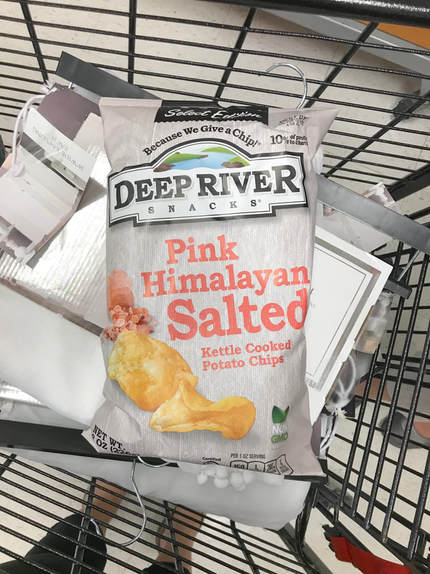
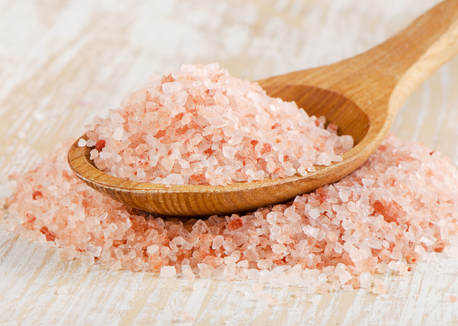
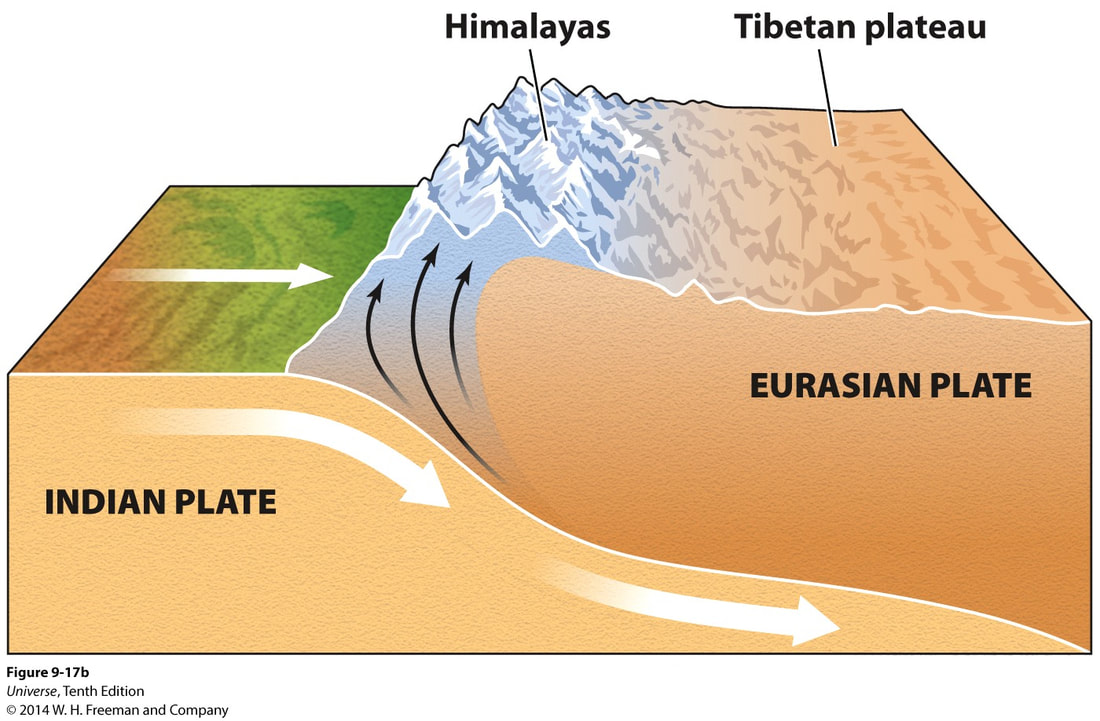
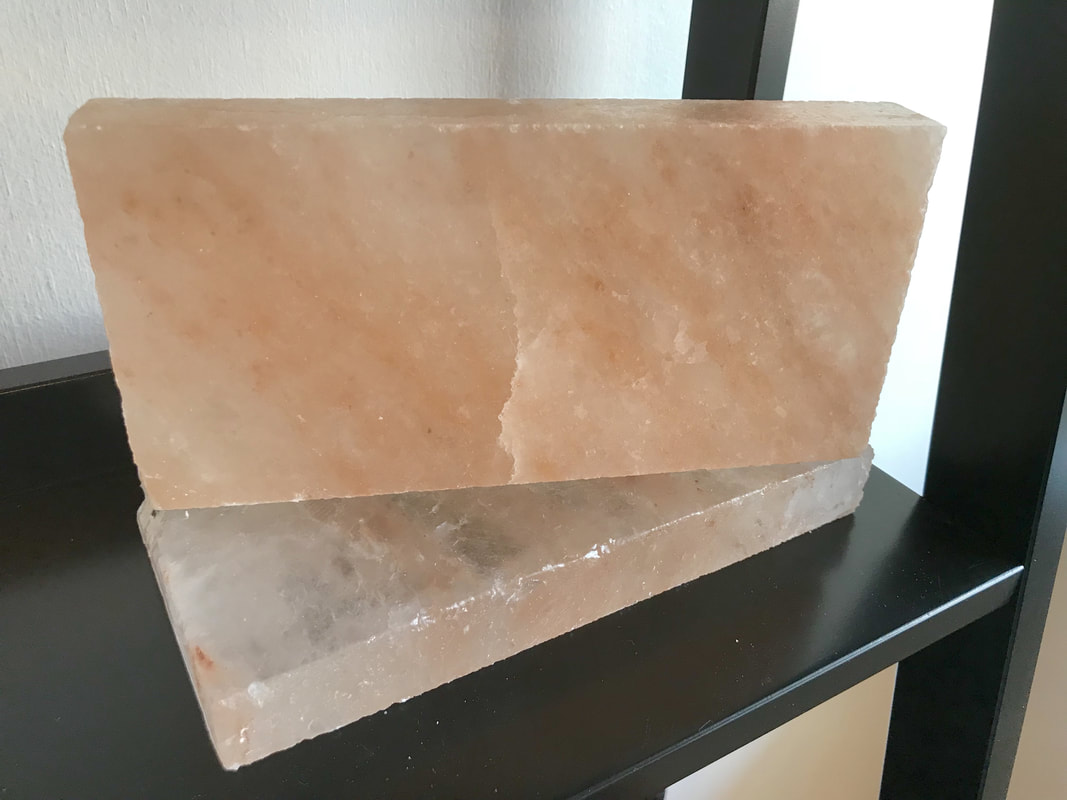
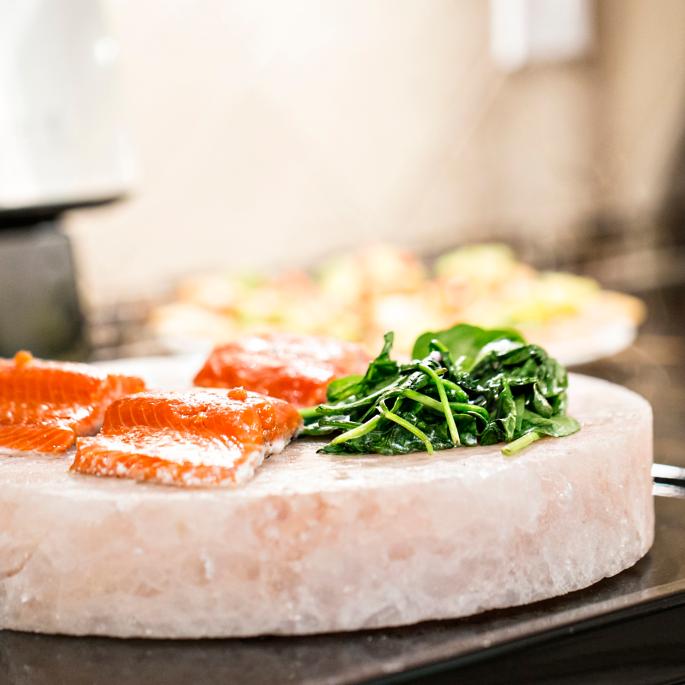
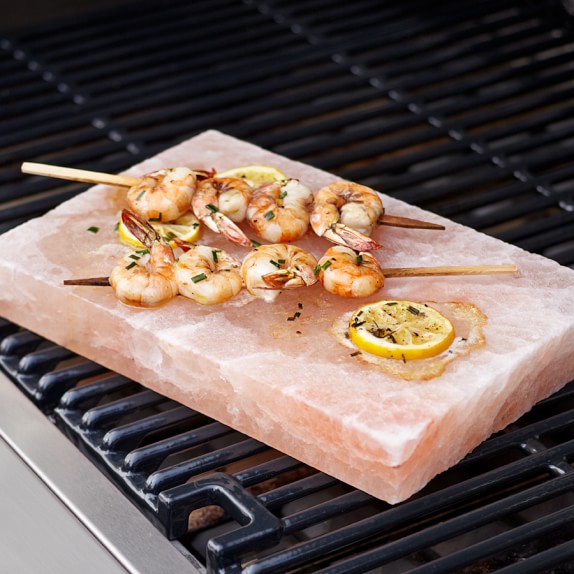
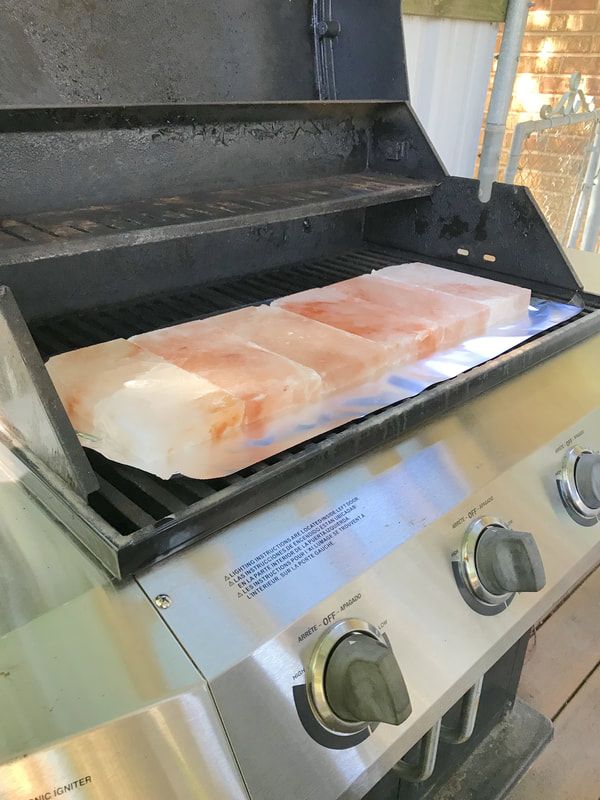
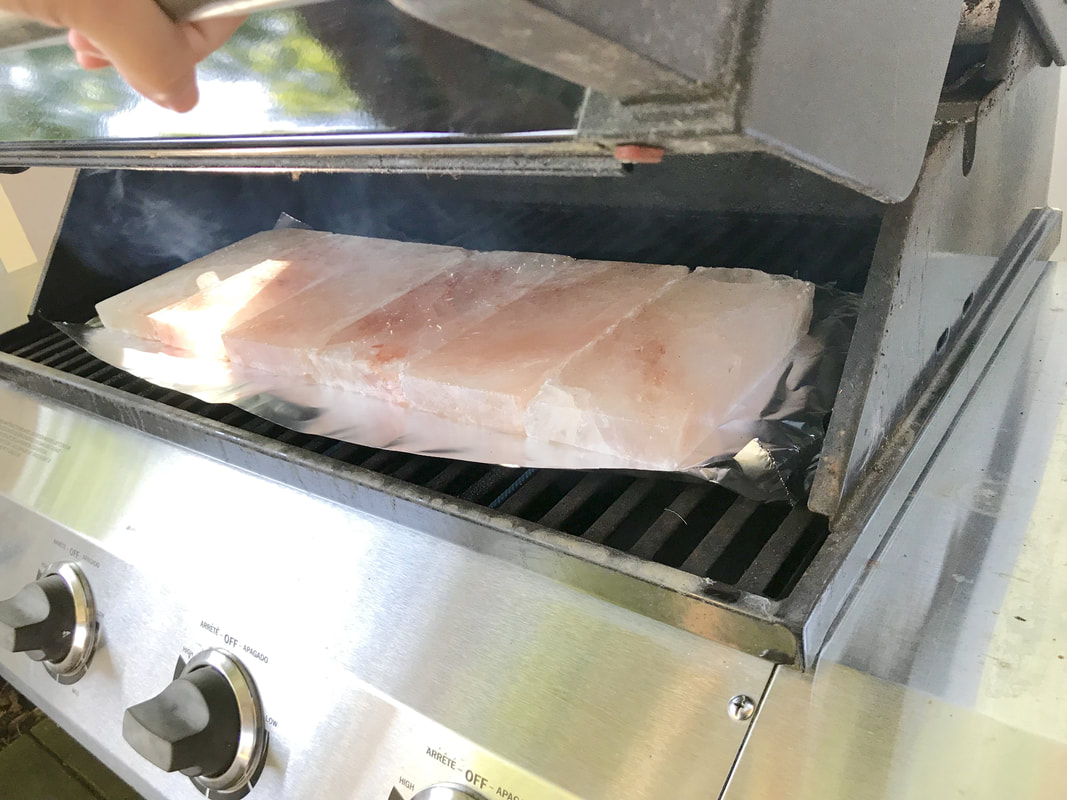
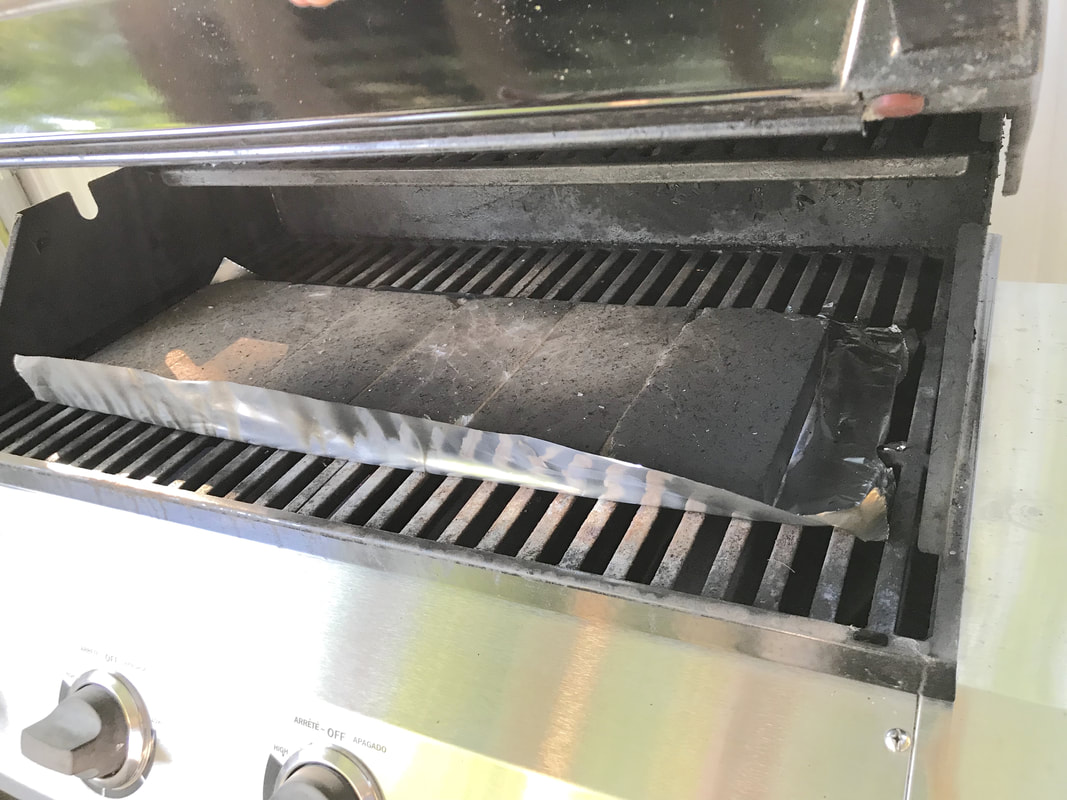
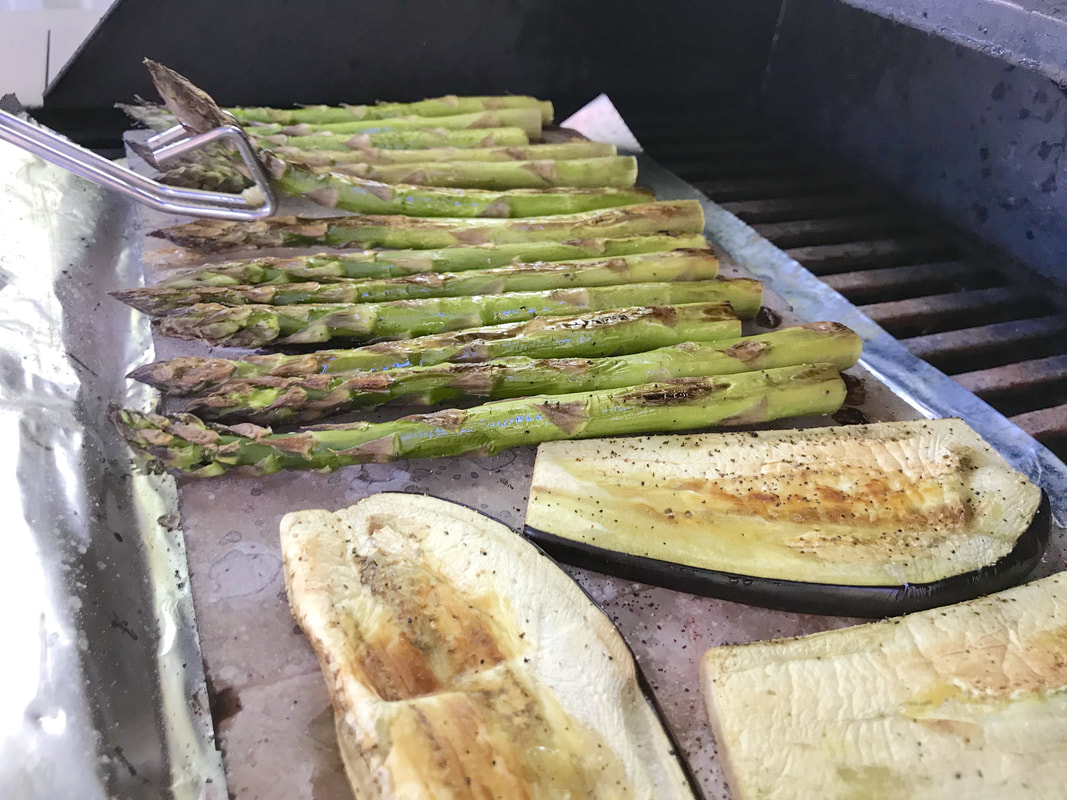
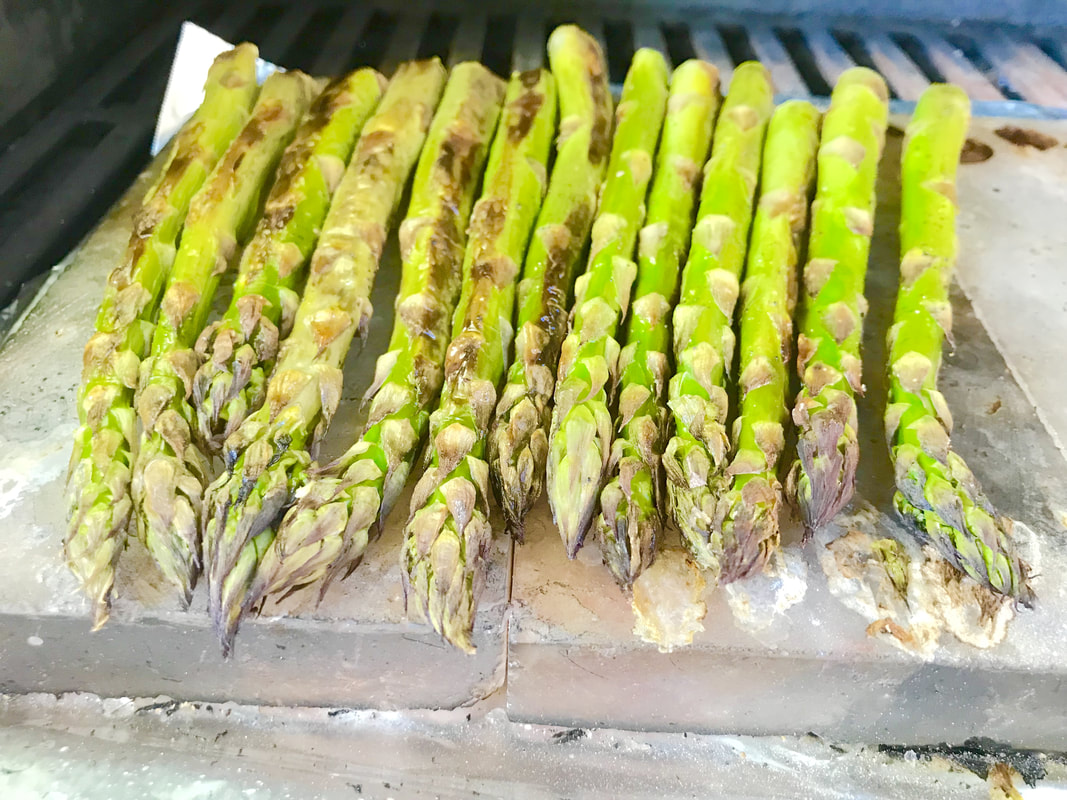
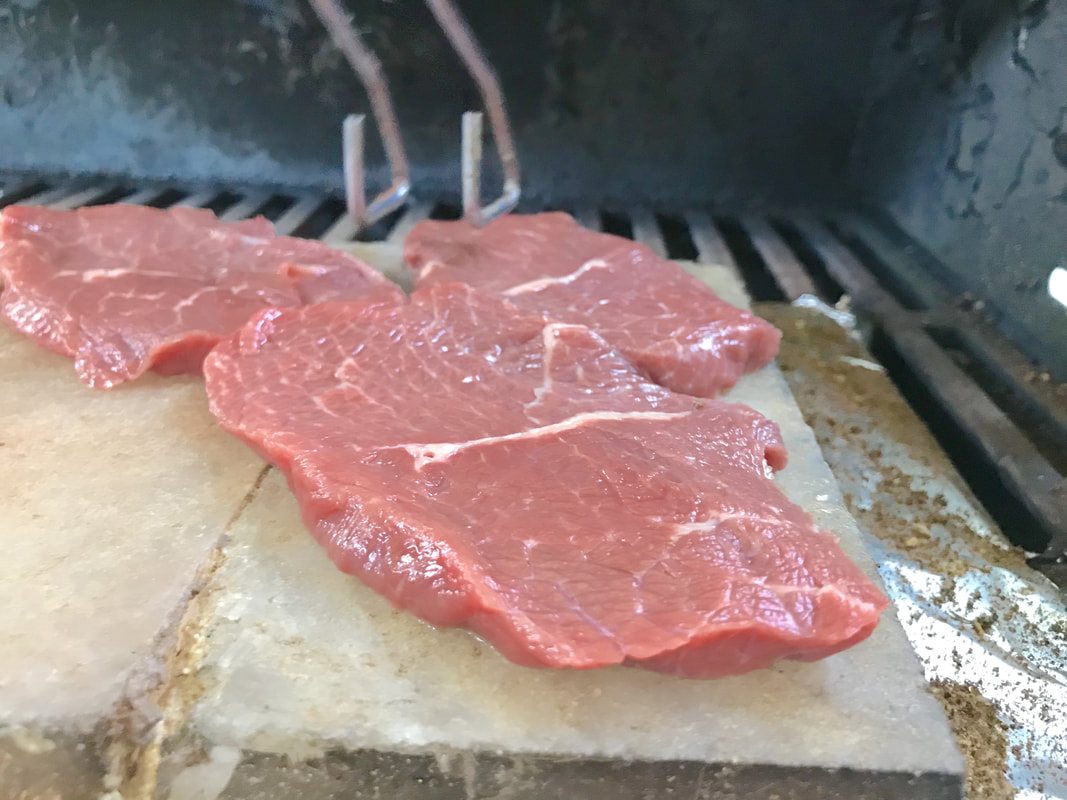
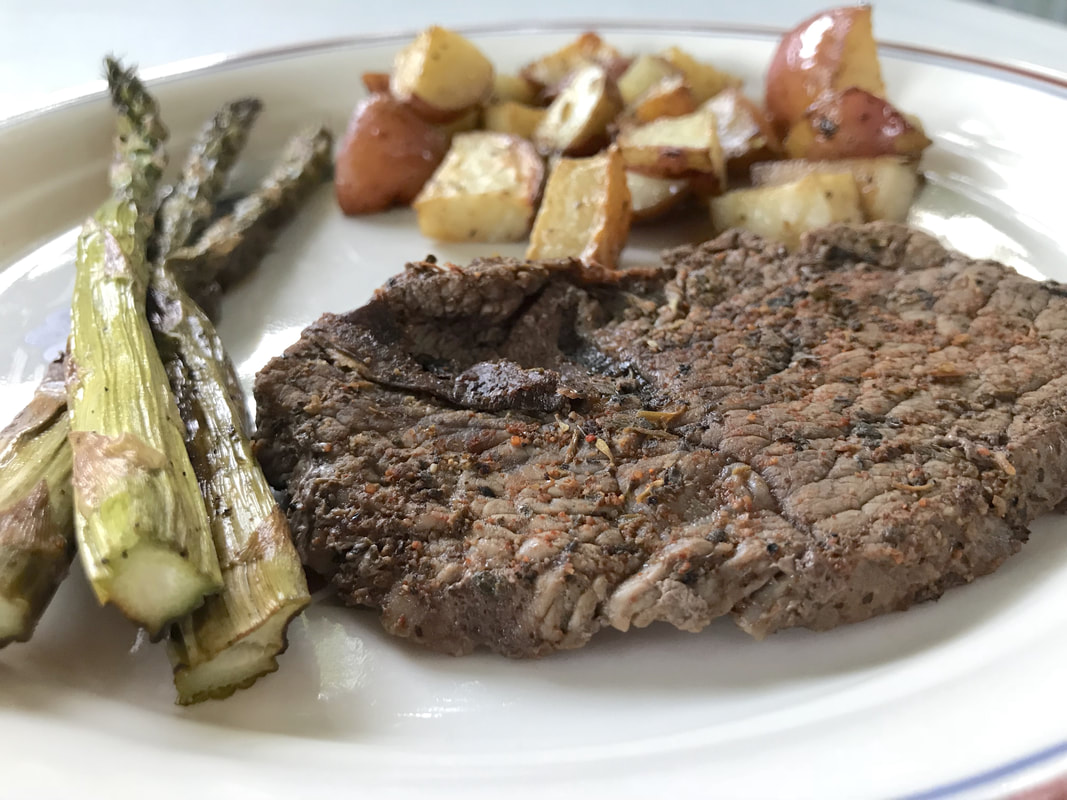





 RSS Feed
RSS Feed
